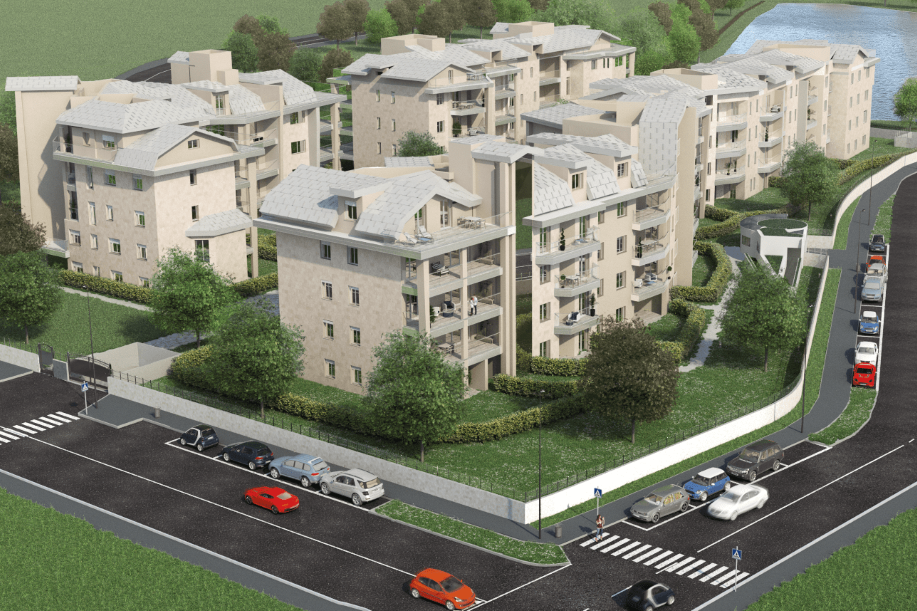Nowadays, many people wish to live in an environmentally friendly home that can ensure them the life quality they were looking for.

One of the most interesting housing programs that has been implemented in Italy, is the so-called Eco Village Lops. This project aims, through the implementation of the most modern building techniques and with the use of more innovative materials, at creating an eco-sustainable space where better technologies are used, waste is reduced and energy is optimized. This project has been possible, thanks to home automation. The combination of home automation technology and a clever planning makes it possible to implement projects that only a few years ago seemed to be impossible.
The role of home automation in the green economy
Home automation is that science whose aim is to apply the most innovative technologies and better building materials, for the management of a home or of a greater residential area, such as a village.
All the main functions, whether we are talking about switching on a light at the entrance of a house or the management of common areas, are controlled and can be programmed to minimize waste and offer a maximum flexibility.
To give you an idea of how revolutionary home automation can be in the planning of living spaces, just think of the electrical system of a house.
The concept of home automation is exactly the same of traditional systems, i.e. a switch is still required to switch on or to switch off a light or an appliance. If a traditional electrical system is installed in the house, that specific switch can only and exclusively control the “load” to which it belongs and can only be activated in a certain area of the house. The system cannot be easily adapted to new requirements.
Many are the advantages of home automation mainly, in terms of flexibility and efficiency.
Even the simplest of home automation electrical systems represents a consistent money saving from an installation point of view. Home automation allows any switch of the house to be set in such a way as to control a lamp from any switch in the house to the most complex ones, and you can do all this by simply using an app on your smartphone.
In a traditional system there are thousands of cables that must be installed to be connected with the various different switches that control them, while when you install a “home automation” system, you only need to install a 0.5 mm cable to connect the receivers of the various loads to the installed transmitters (switches). Money saving on installations cost doesn’t represent the unique advantage you can get when installing a home automation system. The advantages you can get when installing home automation systems are flexibility and versatility.
All the appliances connected to a home automation system are controlled by a control unit that can be programmed as required and that gives “orders” to all the so-called receiving modules. Through this system, you can program, for instance, the switching on of a particular appliance, you can activate or deactivate a protection system or you can open your garage by simply using your smartphone.
Milan and its green district
It goes without saying, that the designers of the Eco Village Lops, the all-green district in Milan, have equipped all of their houses with a “home automation” electrical system.
Apart from what has been mentioned above, they have included a series of services that other designers consider as a real optional. This village is equipped, among other things, with a public WI-FI network, a common space for yoga or for pet owners, a playground for children and many other spaces to make its guest feeling as much comfortable as possible.
Building such an area that offers all these comforts and that, at the same time, is environmentally sustainable has been possible thanks to home automation. The way in which homes and common spaces of the various residential areas have been designed and built is considered as a real positive revolution in the building industry.
Without home automation, this wouldn’t have been possible. It would have been impossible to supply and support such a large area and the public areas of the Eco Villaggio Lops with renewable energy (75% of which is supplied by a photovoltaic system), without affecting the life quality of all the residents.
Finally, people are starting to understand that using home automation when designing a living space is convenient and above all is the right thing to do.
